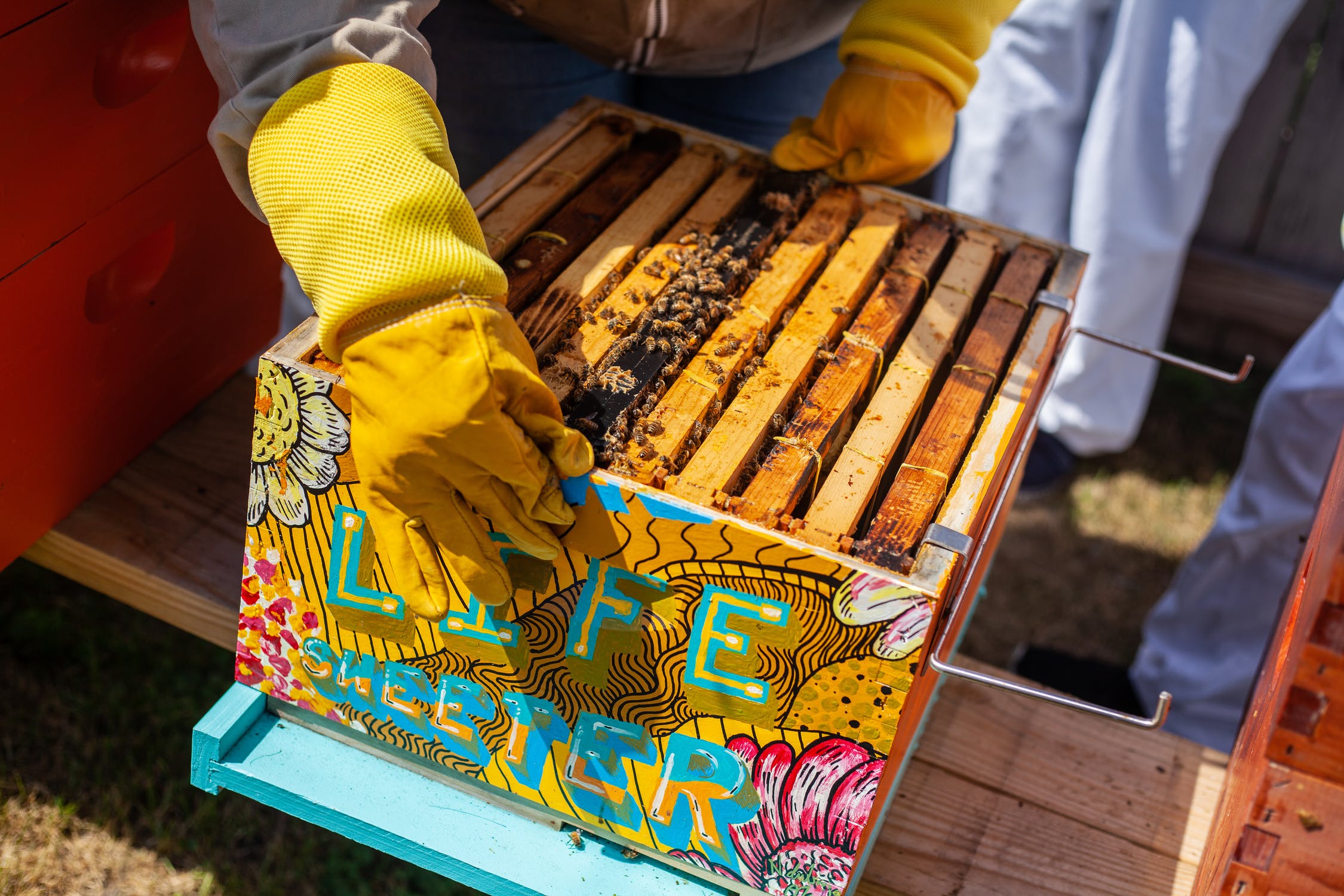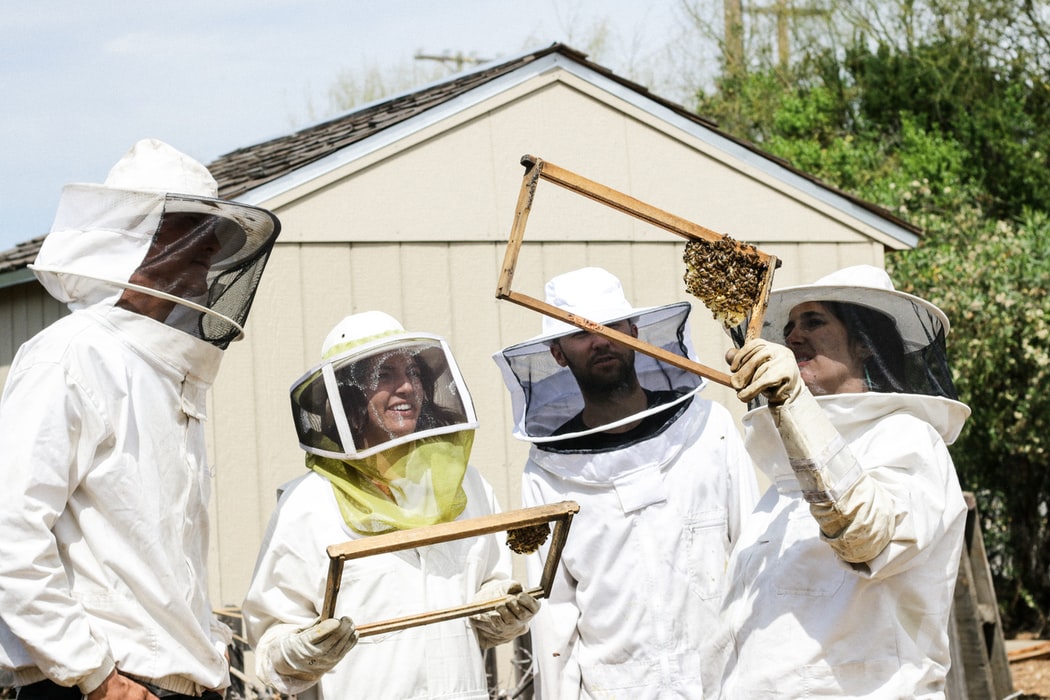If you are already planning to invest in a honey-making business, you must first need to understand and learn how to raise bees. A beehive is the most important element in the business, as it through the hive that you will be able to get natural honey that you will sell to the customers. So, in order to start a honey-making business, you must first have a hive and a package of bees ready to go.
Although it is relatively easy to buy bees and hives at the local beekeeping shop, the difficulty in the business comes in raising the bees properly since you would have to keep an eye on them almost every week. If you are new to the beekeeping activity, don’t worry about being stressed out about it, as we are here to provide you a guide on how to start out small with raising bees. Included in this guide are some tips on how many bees and hives you would need at the beginning, as well as pointers on how long it would take before you can make a profit out of the activity.
How Many Bees are Needed to Start?
Before we get into how many bees you need to start the business, we must first discuss when you should buy them. Most experts would say that the best time to buy bees is during the late months of winter, specifically during January or February.
Why should you buy bees during those months? The answer is that you would want your bees to start their life cycle in the hive in the spring season, as this period serves as the starting point for many new bees. To elaborate, the spring season is where the bees would adjust to their surroundings or environment and see if the area surrounding the hive is suitable for them to live. Of course, before you buy bees, your yard must first be filled with flowering plants that produce pollen and nectar so that the bees will have ample food supply that they turn into honey.
Now, we get into how many bees you need to start. For beginners, they would only need one hive, a package of bees that weigh 3 pounds, and one queen bee. A 3-pound package usually has 10,000 bees inside, which is just suitable for beginners that are just learning how to raise bees. However, some beekeepers would suggest that beginners should that with two or more hives, as this allows beginners to have backup hives just in case one hive fails to survive during the fall or winter season. By having only one hive, beekeepers are forced to inspect the hive more often than usual, as there is no room for error.
If you want to earn profits for beekeeping, then it is best to start with two or more hives, but if you want to first learn the basics of raising bees, you can just start with one, but having only one hive for a year will not allow you to produce more honey.

Learning Process of Raising Bees
The learning process for raising bees would take approximately one year, as you would need to know the movements and the statuses of bees during the four seasons in the United States, namely spring, summer, fall, and winter.
During the spring season, you would want to make sure that the bees are comfortable in their environment before it reaches the summer, which is the season where the bees will be busiest to get nectar and pollen. By summer, you would be able to collect more honey since the bees are working almost non-stop to produce their food supply. However, summer would also be the busiest period for you since you would need to inspect the beehive at least once a week through the months of the season.

In the fall season, the bees would start to settle more in their hive rather than to go outside to collect pollen. They would often form clusters around the queen bee in order to create a suitable temperature to keep their queen alive as the days get colder and colder. During this period of “hibernation,” you must make sure that you keep them safe from predators or pests by placing traps around the area. The winter season would be the most difficult season for the bees and the beekeeper, as the bees will struggle to keep the temperature warm inside the hive, while the beekeeper will have to inspect the hive every now and then and remove snow or ice building up around the hive.
By the time spring season comes, that is when beekeepers would usually buy more bees to get more profit from their business. For beginner beekeepers, this is also the time to buy more bees, and in turn, it would only be in the next year that they can make enough honey to start the business if they only have one hive.
So, those are just some simple tips and tricks on how to raise bees if you are just starting small. Don’t worry if you don’t earn anything in the first year of beekeeping, as it would really take a year before you can be confident to raise more bees and produce more honey.

